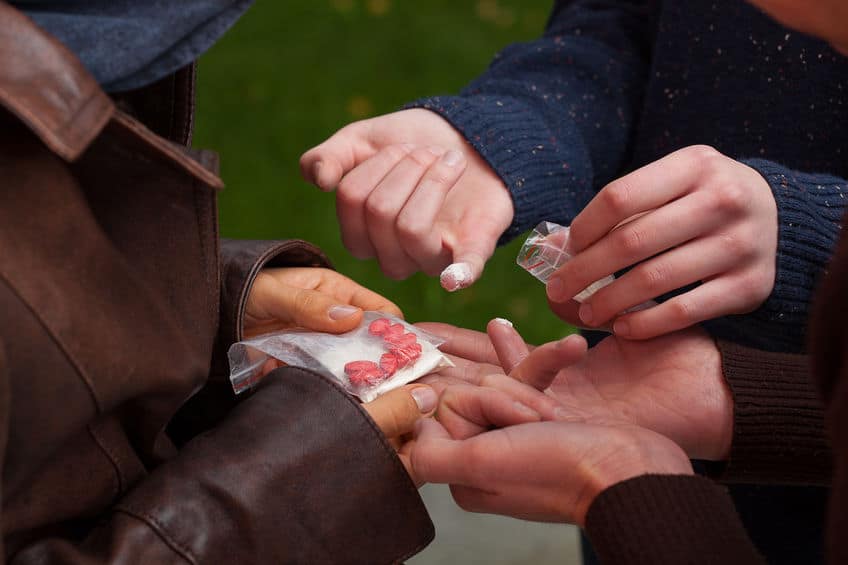
The Opioid Epidemic and Teens
August 3, 2017
Teenagers face more problems and issues today than ever before. Many parents think that they went through the same things as a younger age and got over it in time, but they do not realize that kids in the modern era don’t have the same escapes that they once did. Those bullied at school will find that the bullying doesn’t stop when they get home. They still face threats and comments from cyber bullies. Bullying is just one issue that led to a connection between the opioid epidemic and teens, which in turn led to an increase in overdoses. The number of teen overdoses rose by 19% in a single year. Parents can look at both the causes and signs of drug addiction in their teens.
Symptoms to Look for in Your Teen
No matter how much experience you have with drugs, you should not assume that you will automatically notice any of the symptoms that your teen uses and abuses drugs. According to the National Institute on Drug Abuse, more than 14% of high school seniors admit to using drugs other than marijuana. This shows you that your teen may engage in illicit drug use without your knowledge. The way kids use drugs varies from the way kids used drugs in the past, and the potency of certain drugs changed over the years too. That is why it’s so important that you know how to identify the symptoms.
The most common sign of drug use in teens is any type of change to his or her personality and behavior. This can include skipping school or making up excuses not to go to school, dropping out of favorite clubs, hanging out with a new group of friends, requiring more privacy and spending more time alone.
Symptoms can include emotional changes as well such as suddenly acting out in inappropriate ways or ways the teen never did before. Some teens have problems concentrating on simple tasks like doing homework or doing regular chores, and other kids have a decreased lack of motivation. Depending on the drugs used, teens may experience periods of emotional highs and then lows or feeling tired most of the time.
You will also want to look for symptoms relating to the way your child looks and the overall health of your teen. Teens who turn to drugs to cope with problems at school may have trouble sleeping, sweat more, lose or gain weight for no known reason and frequently suffer injuries. Changes in appearance can include poor personal hygiene and a change in the way they dress. Teens may wear longer or heavier clothes to hide the signs of their drug use.
Causes
Though many parents teach their kids about peer pressure and how to say no to those offering them drugs, peer pressure is not one of the leading causes of opioid use in teens today. The more common cause is teen bullying. Kids can bully one another because a child wears the wrong clothing, spends too much time with someone of the same or opposite sex or gets good grades in school.
The bullying doesn’t necessarily stop when school gets out for the day either. As teens have 24/7 access to the internet, computers, tablets and cell phones, they can amp up their bullying while taking part in extracurricular activities, hanging out with friends or just watching television at home at night. This bullying can take place over text or photo messages as well as on social media sites.
In addition to adolescent bullying, teens also face sexual harassment at school that can come from teachers as well as other students. Students can spread lies about others engaging in sexual activities and label young women sluts and whores or use other derogatory words. Teens may feel so upset that they turn to drugs to cope with their feelings.
Treatment Options
The Office of Adolescent Health found that at least 5% of teens report using prescription painkillers for recreational purposes and that around 3% of kids between the ages of 12 and 17 need treatment but do not get it. Getting your teen into a rehab program will significantly improve your teen’s chances of recovering from a substance addiction.
 Treatment options for teens addicted to drugs include support groups and 12-step programs as well as inpatient and outpatient programs. Hillcrest Adolescent Treatment Center offer inpatient rehab that works effectively with teens because it lets them focus on the reasons why they used drugs. They also learn how to manage their stress and cope with issues that might make them want to use opioids.
Treatment options for teens addicted to drugs include support groups and 12-step programs as well as inpatient and outpatient programs. Hillcrest Adolescent Treatment Center offer inpatient rehab that works effectively with teens because it lets them focus on the reasons why they used drugs. They also learn how to manage their stress and cope with issues that might make them want to use opioids.
The rise in opioid use among teens led to a sudden increase in overdoses because teens cannot manage their addictions. Though some can recover after an overdose, there is a risk that the user can pass away. Teens often turn to drugs as a way to cope with their feelings and emotions. As a parent, you can get your teen the help that he or she needs with an inpatient program like the one offered by Hillcrest Adolescent Treatment Center.

